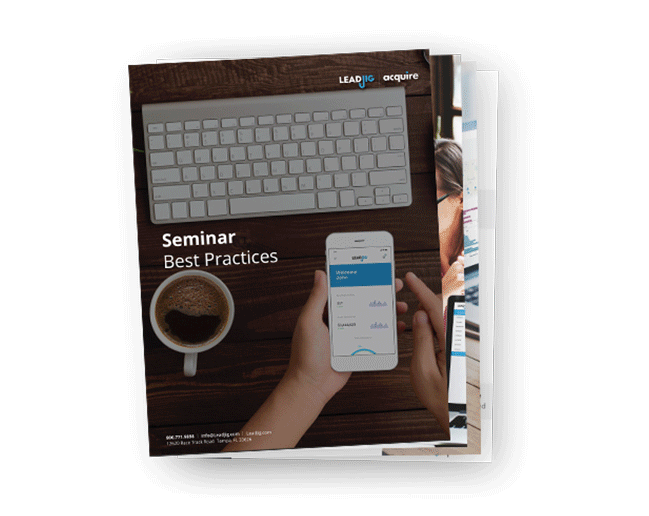Simply put, a lead is someone interested in purchasing the products or services that you offer.
Therefore, lead generation can be defined as the process of
- Getting in front of people interested in what you have to offer.
- Engaging them in a way that gets them closer to a decision to buy.
Although lead generation has been around for decades, recently, it has mostly become associated with digital marketing. This is because promoting your business online allows not only reaching a wider audience but also tracking the performance of your lead gen campaigns.
So, the fundamental principles behind generating leads remain the same, yet the strategies and tactics evolve based on technology advances and ever-changing consumer habits.
Today, effective lead generation services are about drawing attention to your products and qualifying your leads. You must provide as much data as possible to ensure you offer tailor-made solutions and to increase converting leads into customers.
Now that we understand what lead generation is, we need to break down the process behind it. Let’s look at the exact steps necessary for a prospect or a site visitor to become a lead.
- It begins when a prospect sees a piece of advertising such as an article, social media post, or display ad.
- They then convert via the advertisement’s call-to-action directing them to a landing page, phone number, or other conversion area.
- There, they are encouraged to input their information in exchange for an offer, gift, or another incentive.
At that point, the prospect is captured into your funnel and becomes a lead for you to nurture and guide toward becoming your customer.
Ideally, you would like to know as much about the new lead as possible. This will allow you to customize your approach and interactions, providing content that is more relevant and engaging.
While generating leads, you need to have multiple methods for capturing attention and getting people to your conversion areas. In the end, the more diverse your lead generation channels, the better the pool of leads you are going to collect. This provides you with more opportunities for selling to different segments of your audience.
But what types of channels should you use?
Well, content marketing is always a good starting point for capturing leads online. It shares useful information about your products. Plus, it addresses more pressing problems that your audience might be facing. This form of lead capture works because it allows you to offer something to your leads in exchange for their attention and potential business.
By showing expertise on a subject, your CTA will become much more compelling. Therefore, expect more people to click through to continue learning about what you offer.
If you have a subscriber list, sending emails with the goal of generating leads is another effective strategy. Since these people have subscribed, they must already know your brand. This makes it much easier to get them to take action. The same logic goes for generating leads via followers on social media.
When you set up a lead generation strategy, have a way to know whether it’s working or not so that you can adjust accordingly.
But which metrics should measure lead generation performance?
The most obvious tracking metric is your cost per lead. First, know how many leads became customers. Then, keep a record of the average costs to acquire a lead. Use that data to accurately estimate how much you can spend on various lead generation campaigns.
Another crucial metric is the total volume of leads generated per month. Even if the top of the funnel works, it’s only useful and scalable when it produces a handful of leads at the bottom of the funnel per month. Which is the goal, right?
Finally, take a look at your conversion rate, the number of leads that become paying customers. That way, you can prioritize the lead generator tactics that deliver the best results and phase out those that are time-wasters.
Lead generation is a crucial part of running a financial services firm. However, developing a plan that targets leads month after month is a challenging task.
The good news is that help is here. With LeadJig financial advisor marketing services, you can automate a huge chunk of the lead generation processes. Use our software to generate qualified leads for your seminars and workshops or put together automated drip marketing campaigns that will keep you booked for months in advance. Request a demo today to learn more!





